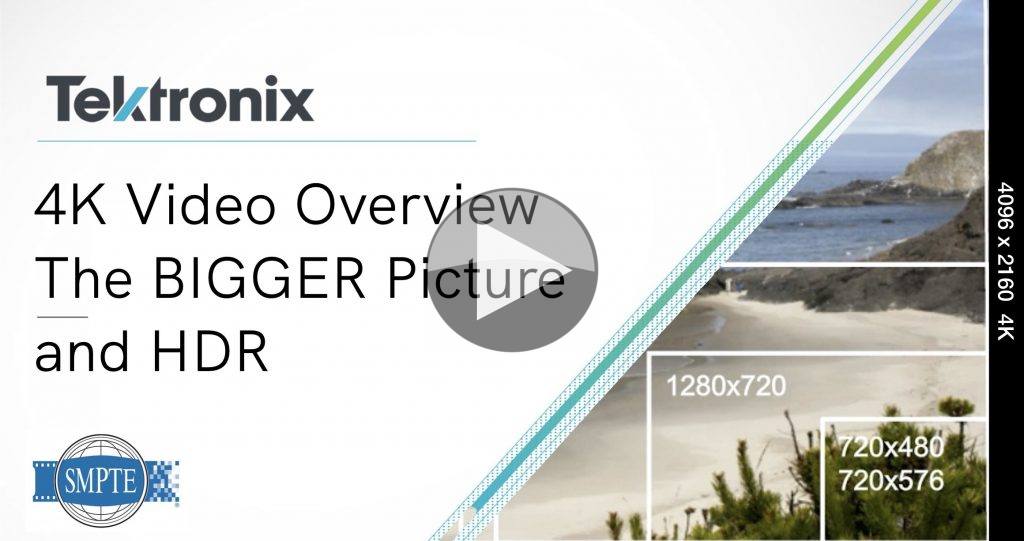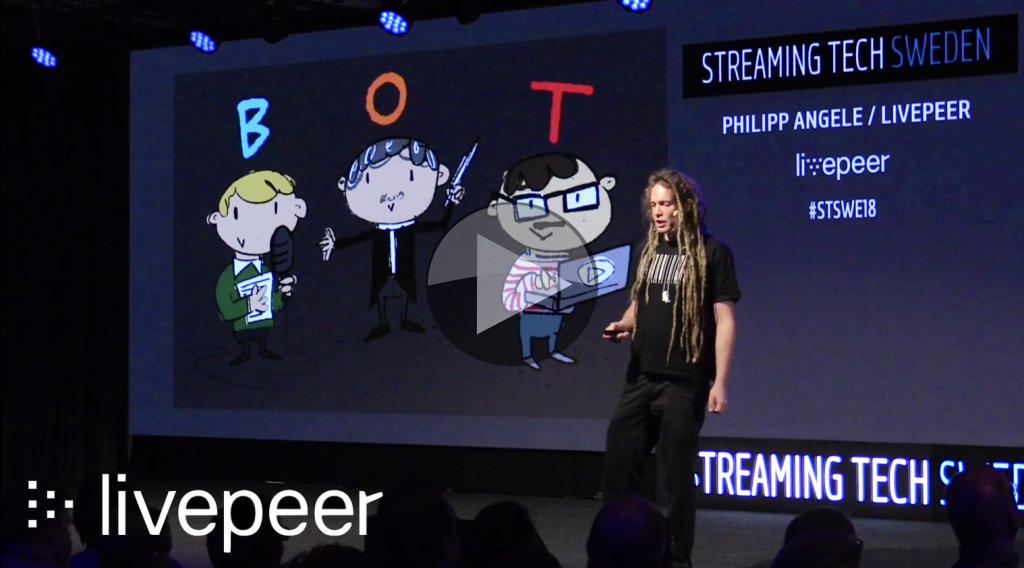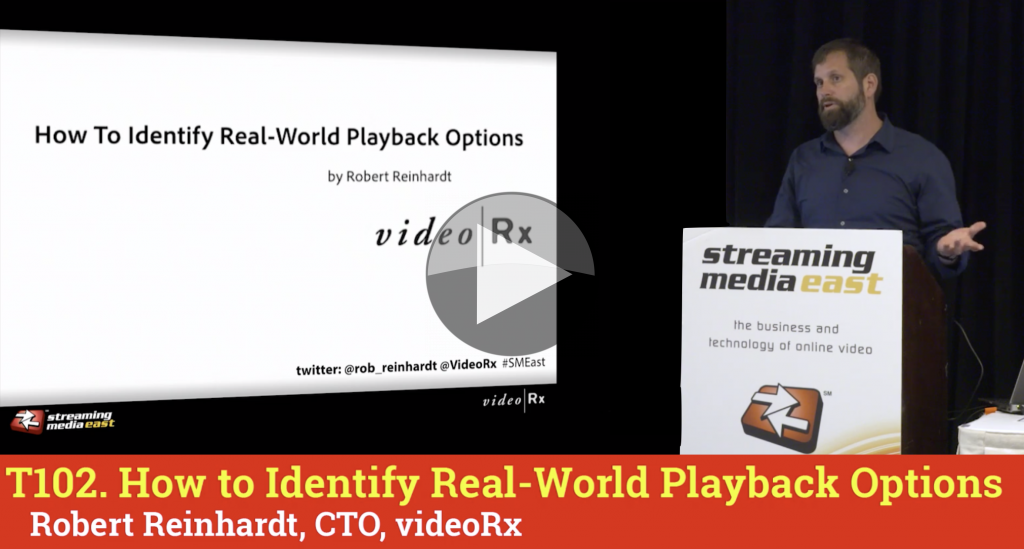With all the talk of IP, you’d be wrong to think SDI is dead. 12G for 4K is alive and well in many places, so there’s plenty of appetite to understand how it works and how to diagnose problems.
In this double-header, Steve Holmes from Tektronix takes us through the ins and outs of HDR and also SDI for HDR at the SMPTE SF section.
Steve starts with his eye on the SMPTE standards for UHD SDI video looking at video resolutions and seeing that a UHD picture can be made up of 4 HD pictures which gives rise to two well-known formats ‘Quad split’ and ‘2SI’ (2 Sample Interleave).
Colour is the next focus and a discussion on the different colour spaces that UHD is delivered with (spoiler: they’re all in use), what these look like on the vectorscope and look at the different primaries. Finishing up with a roundup and a look at interlink timing, there’s a short break before hitting the next topic…HDR
High Dynamic Range is an important technology which is still gaining adoption and is often provided in 4K programmes. Steve defines the two places HDR is important; in the acquisition and the display of the video then provides a handy lookup table of terms such as HDR, WCG, PQ, HDR10, DMCVT and more.
Steve gives us a primer on what HDR is in terms of brightness ‘NITS’, how these relate to real life and how we talk about it with respect to the displays. We then look at HDR on the waveform monitor and look at features of waveform monitors which allow engineers to visualise and check HDR such as false colour.
The topic of gamma, EOTFs and colour spaces comes up next and is well-explained building on what came earlier. Before the final demo and Q&A, Steve talks about different ways to grade pictures when working in HDR.
A great intro to the topics at hand – just like Steve’s last one: Uncompressed Video over IP & PTP Timing
Speakers
 |
Steve Holmes Former Senior Applications Engineer, Tektronix |








